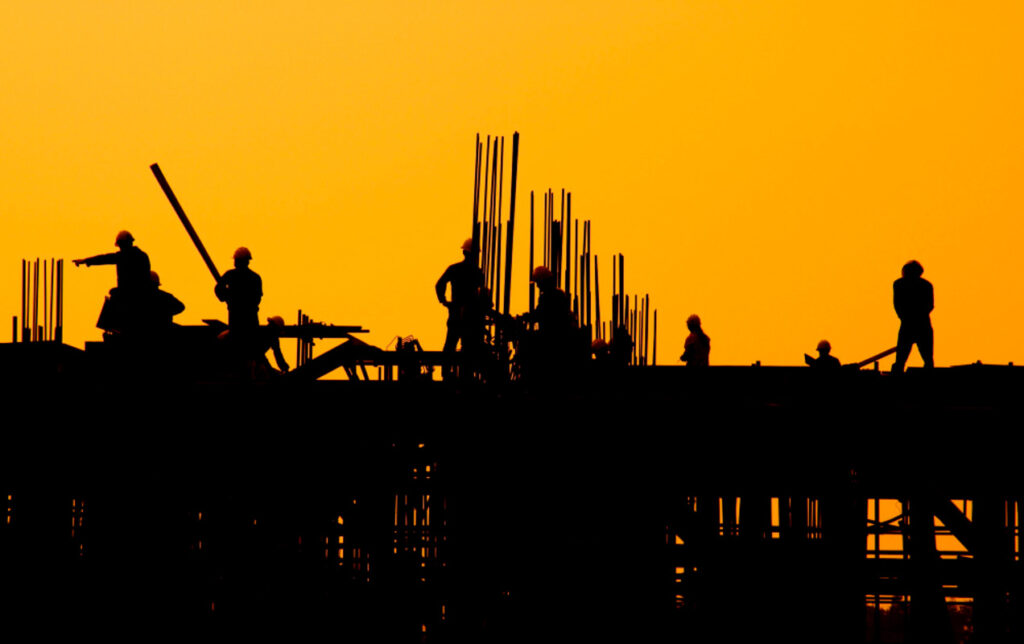The Philippines has instituted a rigid set of regulations in the building industry to ensure public safety, building integrity, and environmental sustainability. The backbone of this system is the National Building Code of the Philippines, which provides for minimum requirements in the design, construction, and maintenance of buildings and other such structures, including the proper utilization of construction supplies in the Philippines. This, supplemented with other legislation regulating the electrical aspect, fire safety, and structural engineering aspect, ensures that buildings are able to withstand and provide a safe living space from natural disasters.
National Building Code of the Philippines
The National Building Code, established under Presidential Decree No. 1096, is to protect life, health, property, and the general welfare. It sets forth minimum standards for various aspects of construction, including:
Design and Construction
The provisions in the code ensure that structures have the capacity to resist disasters, such as typhoons and earthquakes, that are common in the region. Along with fire safety and accessibility, it also deals with energy efficiency and sustainability measures.
Materials and Quality
The NBCP shall provide for the quality of materials that shall be used, subject to the standards specified herein to ensure durability and safety. This shall include regulations on concrete, steel, wood, and other construction materials. It shall also mandate that the said materials be tested and certified by accredited laboratories to ensure that they comply with the standards provided herein.
Administration and Enforcement
The enforcement of this code, issuance of permits, and compliance shall be administered by building officials. The officials shall have the following professional qualifications: They shall be registered architects or civil engineers with substantial experience in construction. The officials will carry out periodic inspections of the work at different stages of construction to ascertain compliance with the code.
The code is regularly updated to reflect advancements in construction technology and changes in environmental considerations, aligning with the country’s developmental goals and infrastructure programs. The latest revision, the 2015 National Building Code of the Philippines, incorporates provisions for disaster risk reduction and management, emphasizing the importance of resilient construction practices in a country prone to natural calamities.
Common Construction Materials in the Philippines
Construction materials used in the Philippines are basically determined by local availability, climatic conditions, and even cultural preference. Thus, predominant materials of construction include:
Concrete
This is a widely applied material due to its strength and versatility; it is a core material for foundations, walls, and pavements. The NBCP specifies the required strength and composition of concrete needed to assure the quality and durability of these concrete. Often, it is combined with steel reinforcement to improve its structural capabilities.
Steel
High tensile strength with flexibility makes this material suitable for use in structural frameworks, beams, and columns. Besides being strong and durable, its resistance to fire and termites also gives it great use in multiple types of buildings. The code requires using only those types of steel which satisfy certain standards concerning yield strength and corrosion resistance.
Wood
This is the traditional and still popular material used for framing, flooring, and furniture. Hardwoods are especially valued for their beauty and durability, like narra and molave; on the other hand, softwoods like pine are also widely adopted. Wood, according to NBCP, has to be properly seasoned and treated against decay and insect damage.
Bricks and Blocks
They are used for their thermal mass and insulation properties. The major use is found in walls and façades of building structures. The code specifies the required compressive strength and water absorption rates for these materials.
Roofing Materials
These include metal sheets, tiles, and shingles that are applied because of their ability to be watertight and for aesthetic reasons. According to the NBCP, every roofing material should provide standards in wind and impact resistance to show their performance during the worst weather conditions.
Regulatory Framework and Construction Supply Chains
The country’s construction supply chain is supplied by various suppliers and manufacturers and abides by the NBCP and other related laws. Broadly speaking, major suppliers provide materials for the following:
Steel Products
Enterprises such as Metal Exponents supply the entire array of steel products—beams, pipes, plates—which are very important in the construction process. These suppliers make sure that their products follow the required standards with regard to strength, corrosion resistance, and dimensional accuracy.
Cement and Aggregates
Ready-mix concrete and aggregates are obtained from local producers who can supply the material of quality to the builders in accordance with the prescribed standards. These local producers strictly follow the quality control measures, testing their products at regular intervals to ensure conformance with NBCP.
Wood and Lumber
The companies chase sustainable procurement of wood on the demand side, while abiding by the laws and regulations against environmental degradation for construction and furniture materials. They establish contacts with forestry authorities to acquire permits or proof of the legality of sources of timber.
Finishing Materials
These are paints, tiles, fixtures, and others, which are obtained from various suppliers to make a building more beautiful and functional. These finishing materials also have their respective needs concerning safety, durability, and environmental compatibility based on NBCP.
Key Takeaway
The interplay between building codes, standards, and the supply of construction materials in the Philippines is crucial for creating a safe and sustainable construction sector. As the country urbanizes rapidly, strict adherence to these regulations is vital for building resilience and safety. Collaborative efforts among construction professionals, material suppliers, and government regulators are essential for fostering a thriving and responsible construction industry in the Philippines.

